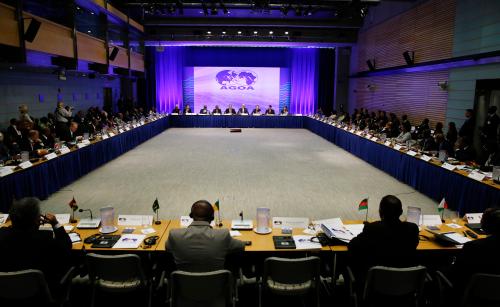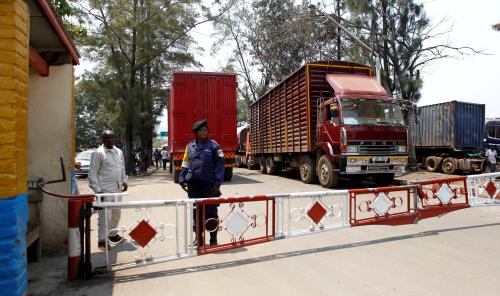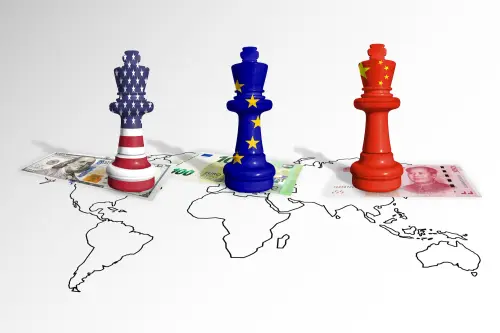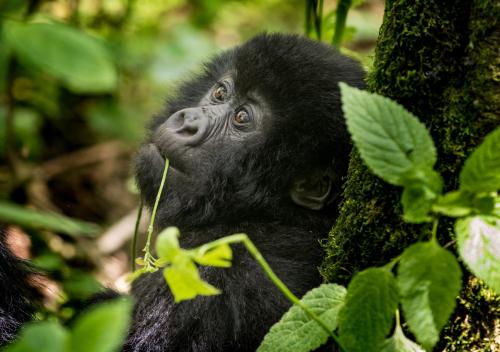Kenyan exports to Tanzania rebound, and COMESA grants 2-year extension on sugar imports
New data released this week by the Kenya National Bureau of Statistics reveals that goods exports to Tanzania were up 28.6 percent during January-May 2018 compared to the same time last year. The rebound in trade highlights improving trade relations between the neighbors after both countries agreed to end their trade dispute earlier this year. The dispute covered both tariff and non-tariff barriers to trade, such as duty-free access for Kenyan textiles, delays at border points, and the need for standardized inspection fees. The data also showed that goods exports to Uganda, another East African Community (EAC) member dropped marginally, making it the third-largest market for Kenyan exports over January-May 2018, after Pakistan and the Netherlands.
In related trade news, the Common Market for Eastern and Southern Africa (COMESA) council of ministers accepted Kenya’s application for a two-year extension of limits for sugar imports. In this way, Kenya has protected its local sugar farmers from competition for more than a decade, and in 2015 invoked the infantry clause of the COMESA agreement to protect new sugar factories set up in the country. As part of the extension, COMESA will set up a committee to oversee the implementation of requirements specified in the agreement. Although Principal Secretary for Trade of Kenya Chris Kiptoo noted that “It is very unlikely that the sector would have implemented the conditions set by COMESA at the end of the two years because of the structural problems facing the sugar millers.”
Nelson Mandela’s 100 birth anniversary
On July 18, the world celebrated Nelson Mandela Day, which marked 100 years since his birth on July 18, 1918. Each year, the former South African president’s birthday is usually recognized around the world with philanthropic ventures; this year, the Nelson Mandela Foundation dedicated Mandela Day to “Action Against Poverty,” calling for people to “take action and inspire change” in his name on the centenary year. Current South African President Cyril Ramaphosa, a protégé of Mandela, said he would mark Mandela Day by donating half of his annual presidential salary to a fund managed by the Nelson Mandela foundation and urged others to do the same. He spent Mandela Day at Mvezo in Eastern Cape province, Mandela’s birthplace, attending the opening of a health clinic, participating in a tree planting ceremony, and contributing to a distribution of blankets to elderly citizens. In Johannesburg, Mandela was commemorated with a “town hall” forum hosted by former U.S. President Barack Obama, a walk led by Mandela’s widow, Machel Graca, and the release of bank notes commemorating the former leader. In a stadium with 15,000 people in attendance, Former President Barack Obama hailed Mandela as “the last great liberator of the 20th century.” Obama also used the occasion to remind leaders—in Africa and elsewhere—that the world needs strong institutions, not strong men, warning, “Strongman politics are ascendant, suddenly, whereby elections and some pretense of democracy are maintained—the form of it—but those in power seek to undermine every institution or norm that gives democracy meaning.”
Conservation efforts vary across the continent
Last Friday, the Kenyan government announced that eight critically endangered rhinoceroses died after being transported to a sanctuary in order to preserve the species. Wildlife workers believe that the rhino’s consumption of drinking water with a high saline content caused the deaths. The Kenyan government has launched a probe to further investigate the issue. Many policymakers fear that the death of the rhinos could take a toll on the country’s tourism industry where wildlife tourism is a major attraction.
In March, the last white male rhinoceros, Sudan, died at the Ol Peteja Conservancy in Kenya. White rhinos have been hunted to extinction, and today only two remain: Sudan’s daughter and granddaughter. Last week, reports came out that researchers are now working to resurrect the animal through IVF and stem cell research. Hybrid embryos have been created and will now be implanted into a southern white rhino surrogate.
In other parts of the continent, Botswana, which hosts the world’s largest population of elephants, announced this week that it was considering lifting a ban on hunting for sport. The Botswanan government stated that the elephant population estimated at 130,000 by conservationists is underestimated by 100,000—and that the large population of elephants has started causing trouble for the small-scale farmers in the northern part of the country. According to Member of Parliament Konstantinos Markus, the crop raiding by elephants has reduced the yield of the staple maize crop by 72 percent.
Note: Kiara Rodriguez Gallego contributed to this post.
The Brookings Institution is committed to quality, independence, and impact.
We are supported by a diverse array of funders. In line with our values and policies, each Brookings publication represents the sole views of its author(s).







Commentary
Africa in the news: EAC trade statistics, Nelson Mandela Day, and conservation updates
July 21, 2018